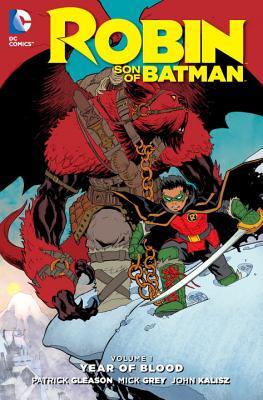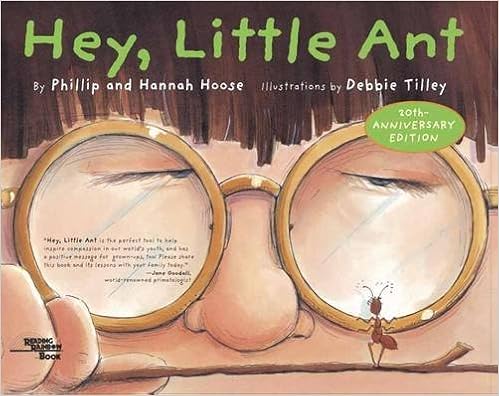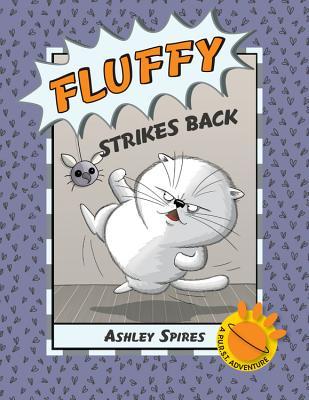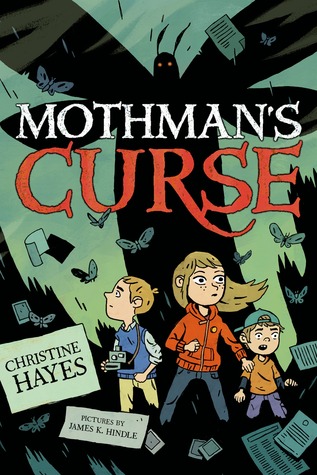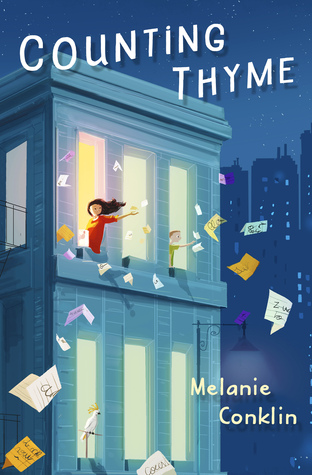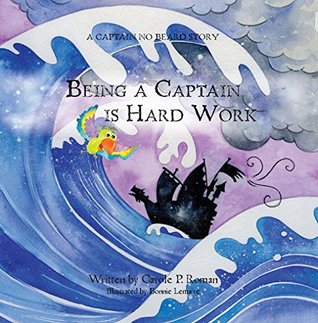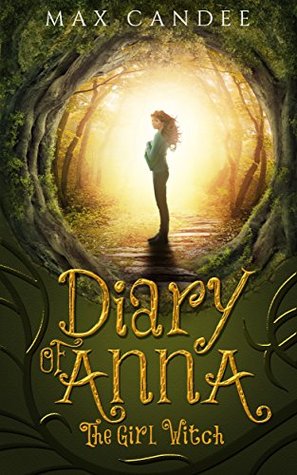We've all known people who couldn't stop showing off or bragging about themselves, and it happens with characters in stories, too. In this instance, it is a little frog who has a loud croak that he uses all day long. All the other animals are very tired of listening to him, but he is oblivious to their feelings and indulges himself all the time. When he loses his voice, he is forced to listen to the world around him and notice things like the beauty of birdsong or the sound of the wind whispering through the trees. By the time his croak is restored, he has learned to appreciate the sounds around him, to croak less and listen more.
This is similar to Marcus Pfister's
Rainbow Fish with the proud character so taken with himself and his abilities (or appearance), that he has no time to make friends or listen to anyone else. And just like the Rainbow Fish, the little frog has to learn his lesson before his situation can change. The story is told in rhyme and supported with brightly colored illustrations. Some of the wording may seem a bit awkward to adult readers, but the target audience of beginning readers will probably not notice.
Author Anne Toole was a first grade teacher and ESOL instructor before she began writing children's books. She understands the issues that children deal with on a daily basis - making friends, what makes them special, fitting in, etc. This is the type of story that parents, teachers, and guidance counselors can read with a child (or a group), and then discuss the moral of the story.
I received a copy of the book for review purposes.
Children all dream of what they want to be when they grow up. Some want to be firefighters, others imagine being sports stars or actors. Playing make-believe is a great way to try out different roles, and so are looking at characters in stories and TV shows or movies. This particular story shows a little bird who has decided that he doesn't want to be a bird, even though his mother tells him that a bird is what he is meant to be. So he explores the area and checks out the other creatures, trying to find one that he would enjoy spending the rest of his life in their place.
As older readers will guess, there is no other life that would suit the little bird better than the one he already has. Human beings have a lot more choices open to them than animals, obviously, but trying to be something you're not is still something we have to deal with. Developing a sense of identity and being comfortable "in the skin you're in" is a life skill we all need. The story is told in rhyme and supported with brightly colored illustrations. Some of the wording may seem a bit awkward to adult readers, but the target audience of beginning readers will probably not notice.
Author Anne Toole was a first grade teacher and ESOL instructor before she began writing children's books. She understands the issues that children deal with on a daily basis - making friends, what makes them special, fitting in, etc. This is the type of story that parents, teachers, and guidance counselors can read with a child (or a group), and then discuss the moral of the story.
I received a copy of the book for review purposes.
As you can guess from the title,
Mean Mike is about a bully. He cuts in front of the line, puts gum in peoples' hair, steals money, picks fights, and all the other things bullies tend to do. When Katie O'Toole tries to tell him that he should change, he covers his ears and ignore her. But after an accident leaves Mike stuck at home for several days, he begins to realize that he has no friends and no one to care about him. The loneliness gets through to him in a way that words never could and he actually cries over his situation. Luckily, Mike gets another chance when his class comes to bring him get-well cards (thanks to a very nice teacher).
Children learn pretty early what a bully is. There are lessons about it in school; teachers explain that bullying is against the rules and lay out the consequences. But sometimes kids don't realize that the bullies are damaged by their actions, too. Students see bullies as being powerful and unfazed by the actions or opinions of others. Books that show the isolation and loneliness that bullies bring on themselves may help to deter children from making such poor choices. The story is told in rhyme and supported with brightly colored illustrations. Some of the wording may seem a bit awkward to adult readers, but the target audience of beginning readers will probably not notice.
Author Anne Toole was a first grade teacher and ESOL instructor before she began writing children's books. She understands the issues that children deal with on a daily basis - making friends, what makes them special, fitting in, etc. This is the type of story that parents, teachers, and guidance counselors can read with a child (or a group), and then discuss the moral of the story.
I received a copy of the book for review purposes.


